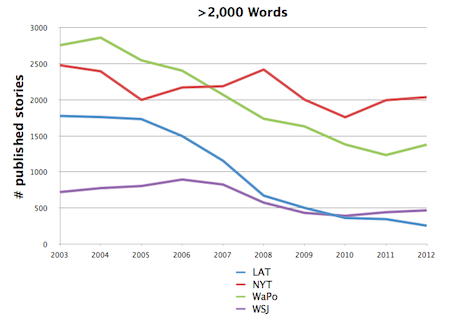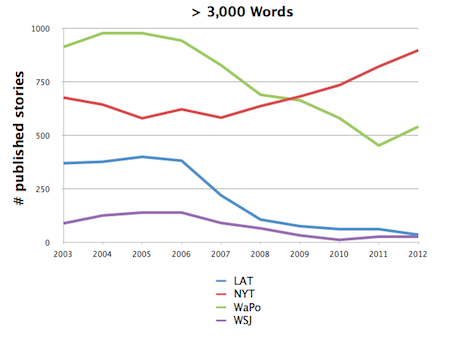Columbia Journalism Review has coverage of a talk at Columbia Journalism School’s Social Media Weekend, where two editors/producers from ProPublica talked about how their reporters have incorporated social media into their investigative process. Investigative reporters are indeed skittish about giving up their motives before formulating their projects, but ProPublica has no shame about using Facebook groups to gather sources for an ongoing report they’re doing on medical error.
By contacting potential victims of medical error on message boards and inviting them to join their Facebook group, ProPublica’s reporters (including award-winning investigative reporter Marshall Allen) can see how prevalent their issue remains and who to talk with further. They actively monitor and comment on their group to create a lively but controlled environment where no one gets hurt prematurely (doctors don’t get named, etc.).
“This will never replace reporting tools,” said senior engagement editor Amanda Zamora, “but it will augment them.”












